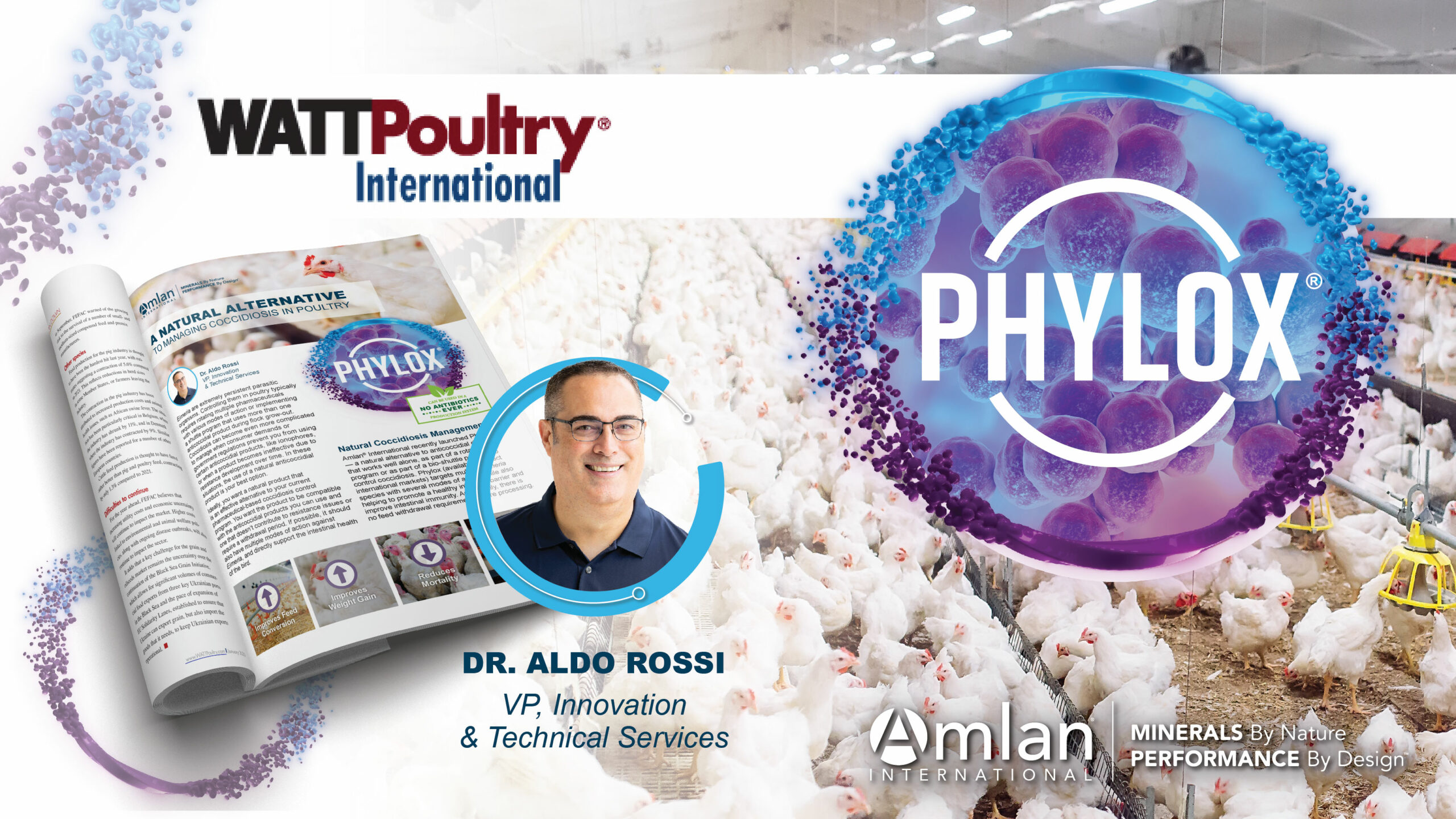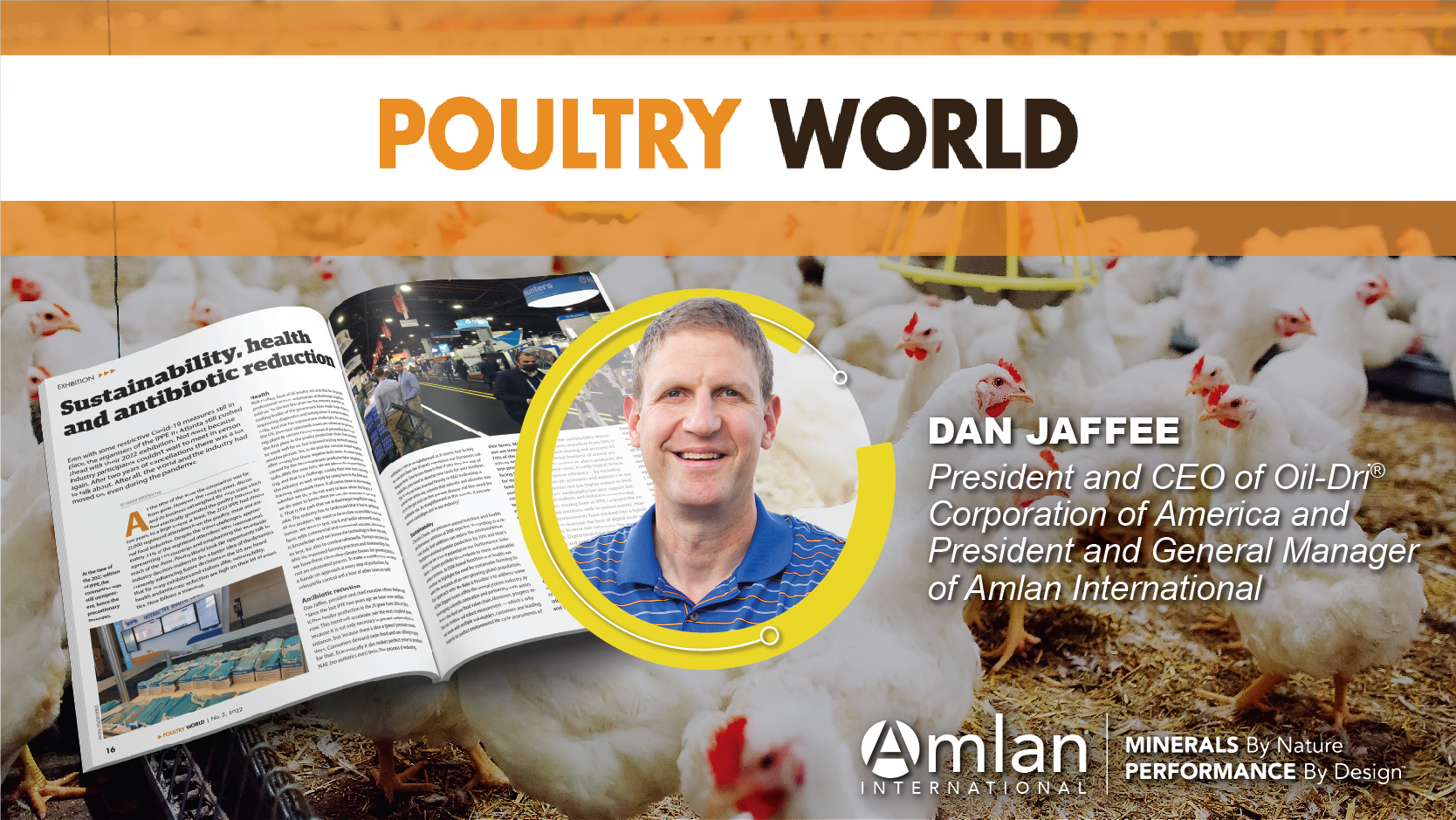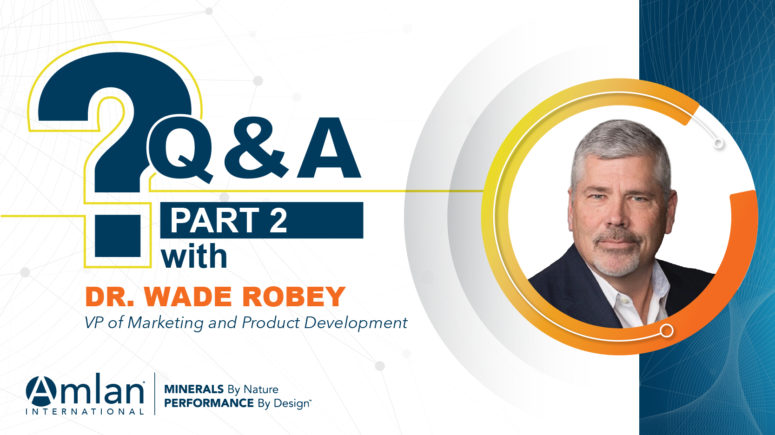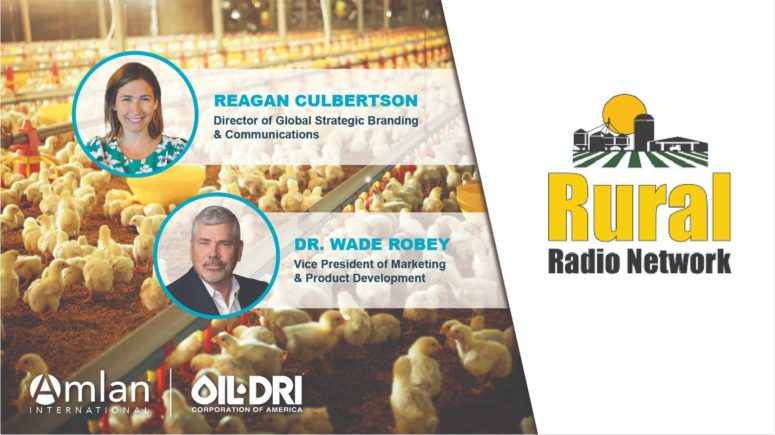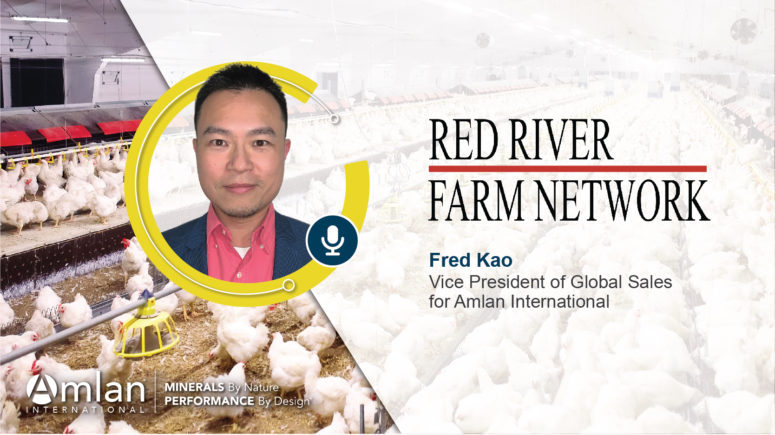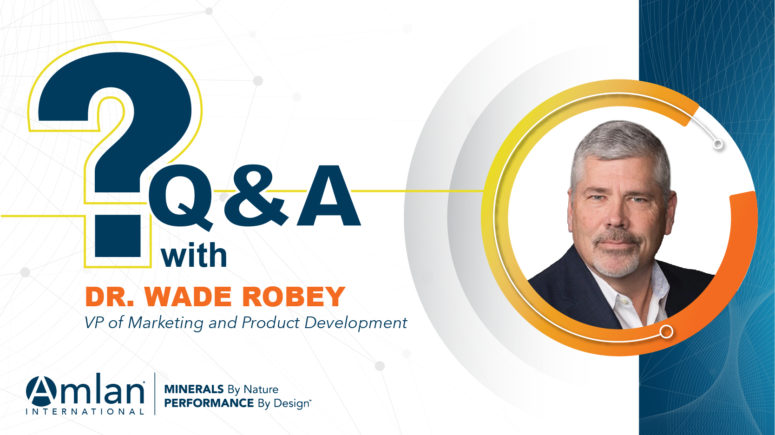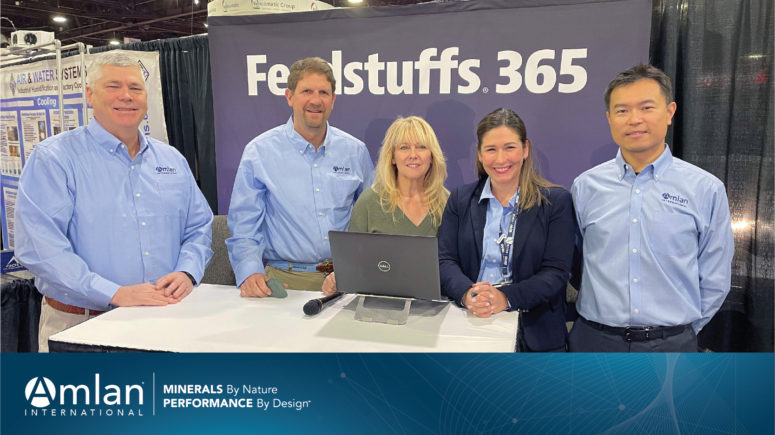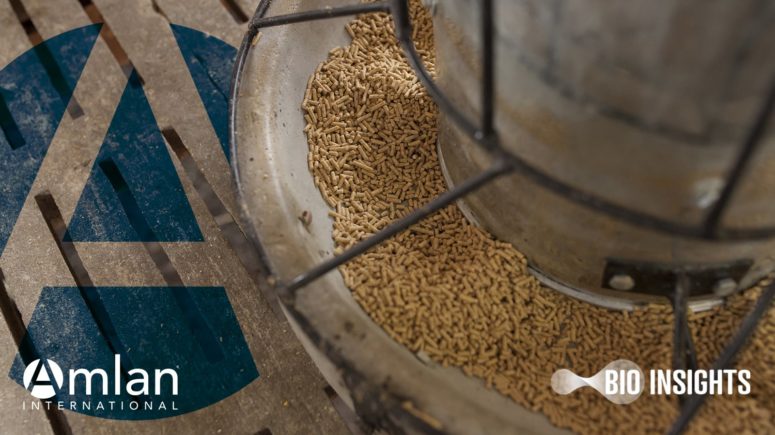As the animal health business of Oil-Dri® Corporation of America, Amlan International shares more than Oil-Dri’s millions of tons of mineral reserves — we also share Oil-Dri’s values and ethics. As the Amlan business continues to rapidly grow, so does our team of talented professionals focused on providing mineral-based solutions for our customers — while maintaining their strong ethical values.
The Family Values of Oil-Dri
Nick Jaffee, the grandfather of the current Oil-Dri President and CEO Dan Jaffee, founded Oil-Dri in 1941 with the very same values we live by today. Oil-Dri’s tight-knit inclusive culture means teammates are more like family than colleagues, which can be credited to Oil-Dri’s focus on integrity, approach and vision.
- Integrity: We emphasize honesty, ethics, diversity and compassion, and support healthy lifestyles with a strong work-life balance.
- Approach: Centered on collaboration, communication and transparency, our open and accessible corporate structure and culture start at the top, which is why we have a thriving, close-knit global community.
- Vision: As a family-owned and family-operated company, each decision is made with future generations in mind.
Respect and Trust Are Key
Amlan employees strive to be positive, honest and open-minded to maintain trust in each other and, more importantly, earn the trust and respect of their customers. As our business continues to expand throughout the world and we welcome more team members to Amlan, we continue to uphold these values.
Our Growing Amlan Family
An example of our growing Oil-Dri and Amlan family is our expanding team in China. We recognize that the animal protein market there is growing rapidly, so we’re meeting this demand with the addition of several team members and an expansion of our logistics operations. Our new teammates and investment in our infrastructure in China will help support our mission of providing excellence in technical and customer service that keeps pace with the increasing animal protein demand in this region.
We have also invested in a secure product supply chain for our customers in China by operating multiple logistics centers. The warehouses are located in Tianjin, which supplies the northeast; Shenzhen in the southeast; and Chongqing, which supplies central and southwest China. The supply hubs allow us to quickly adjust to any shifting product demands within the country.
Continued Growth Around the World
Our team continues to grow in other regions and countries around the world, including Indonesia where a patent was recently issued that protects the novel, mineral-based formulation used in Amlan’s existing natural feed additives, Varium® for poultry and NeoPrime® for swine (not available for sale in the U.S.). With the world’s fourth-largest population, the expansion of Indonesia’s sales and technical service team, together with the patent issuance, allows us to better support Indonesian producers, helping them to achieve their production goals and meet the demand for high-quality animal protein.
We have established a strong North American team, as well. Stay tuned for some exciting North American news!
Oil-Dri’s core values were passed down to Dan Jaffee from his grandfather and father, and Dan strives to instill these values in all Oil-Dri employees, including the Amlan team. As we continue to grow, we know that our relationships with our customers will prosper too, due to our strong belief in these core values.
